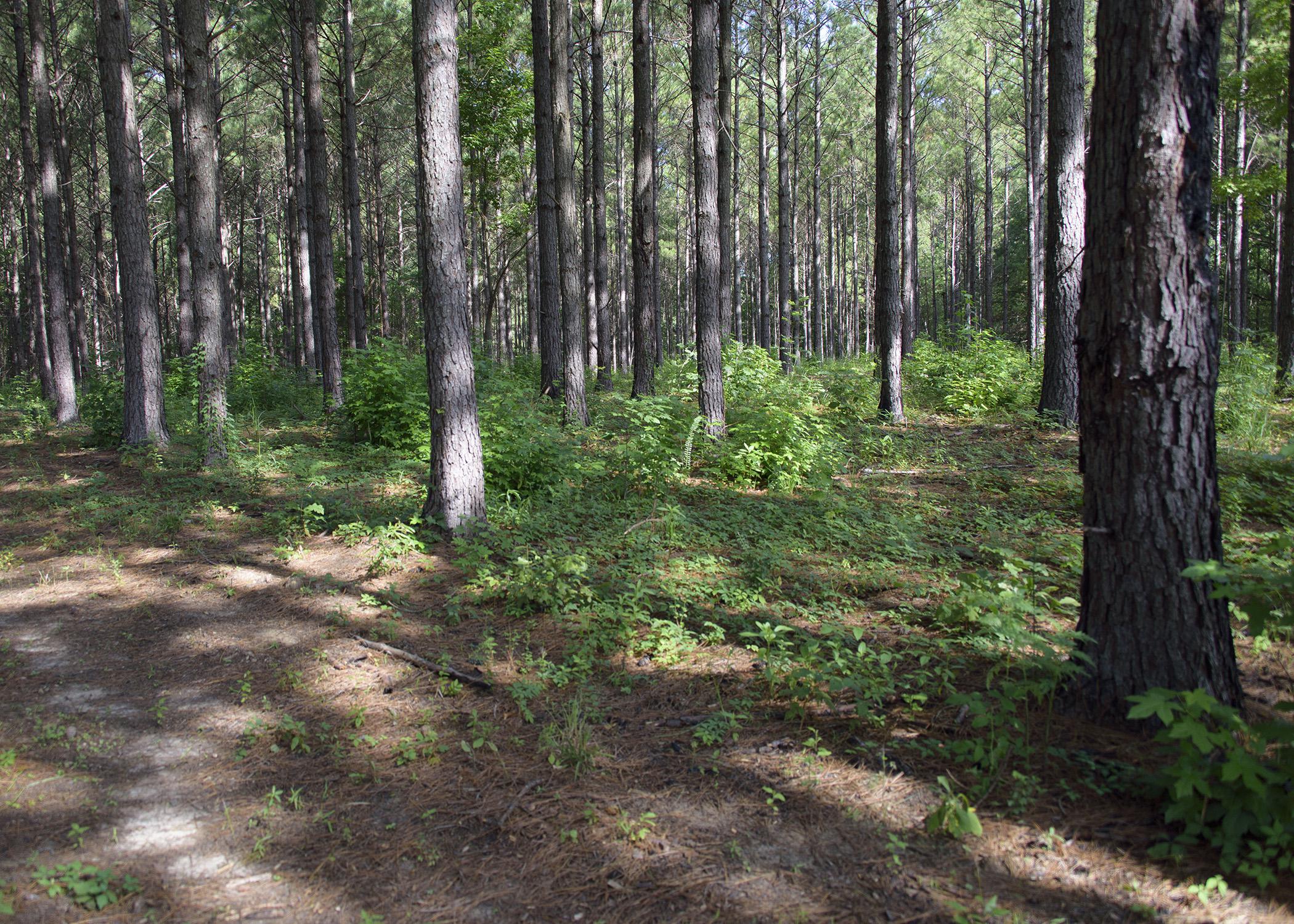Information Possibly Outdated
The information presented on this page was originally released on December 19, 2022. It may not be outdated, but please search our site for more current information. If you plan to quote or reference this information in a publication, please check with the Extension specialist or author before proceeding.
Timber ranks third with increased harvest, prices
RAYMOND, Miss. -- An increase in both the amount of timber harvested and delivered wood prices landed Mississippi’s forestry industry in third place among the state’s agricultural commodities.
At an estimated production value of $1.3 billion, timber is up 15% from 2021. Poultry and soybeans ranked first and second, generating an estimated value of $3.8 billion and $1.8 billion, respectively, in 2022.
“Through October 2022, the number of trees harvested increased 5.3%, and delivered wood prices for all product classes increased 16% over the same period in 2021, which is why the 2022 value of production is estimated to increase,” said John Auel, certification programs coordinator with the Mississippi Forestry Association and retired Mississippi State University Extension Service assistant professor of forestry.
Timber’s value of production is estimated by monthly severance taxes collected by the Mississippi Department of Revenue. Final figures will be available in February.
In 2022, Mississippi had six new mills open, along with expansions or upgrades at two existing facilities, increasing production capacity.
“From 2017 to 2022, due to startups and expansion or upgrade projects, Mississippi has added a combined 1.470 billion board feet of additional capacity,” said Shaun Tanger, Extension forestry economics specialist. “That’s good for second in the United States over that period, second only to Alabama, which added 1.495 billion board feet of additional capacity. Further expansions are expected both in Mississippi and Louisiana between 2023 and 2025, so that will bode well for Mississippi forest landowners.”
An increase in harvest capacity does not always coincide with better prices for landowners in the short term. In fact, delivered prices increased to cover the rise in operation costs.
“With the overabundant supply, it’s really hard to make a dent,” Tanger said. “We won’t see the effects of new mills on price for several years as growth and removals move into a tighter equilibrium. However, weather permitting -- and it often doesn’t -- there will be increased harvest relative to the past five years, so landowners should be better able to find markets, even if they can’t find prices they prefer.”
Despite inflation, starts for the housing market are still strong historically. Housing starts stood at 1.4 million in October of 2022, down from a high of 1.8 million early in the year. This strength in the housing market tends to buoy sawtimber prices when growth and removals are more balanced. Tanger said he expects to see the market slow more as interest rates continue their uptick.
“The housing market has certainly cooled from the rabid pace of the last two years, but it is still over 1.4 million starts. That is pretty shocking considering the sudden rise in interest rates,” he said. “The expectations are that the market will continue to cool with the Federal Reserve Board signaling that they will continue to raise rates going forward. How much it cools will just be a function of how much those rates continue to rise.”
Several factors are influencing the market, including high input prices.
“Diesel prices and availability are having a huge impact on the industry,” Tanger said. “So much depends on imported petroleum. Even without further escalation in Ukraine, we will likely see higher fuel prices in the coming years as global supply in refined fuel facilities fails to keep up with demand growth.”
Auel said equipment prices, supply chain issues and labor woes also hurt both landowners and loggers.
“The cost of harvesting has increased,” Auel said. “Delivery of new equipment, parts and other components has been delayed, which reduces efficiencies. As with many other industries, labor is problematic. It can be difficult to hire folks willing to work in the woods. All these issues combined have resulted in several good logging companies being forced to shut down.”







